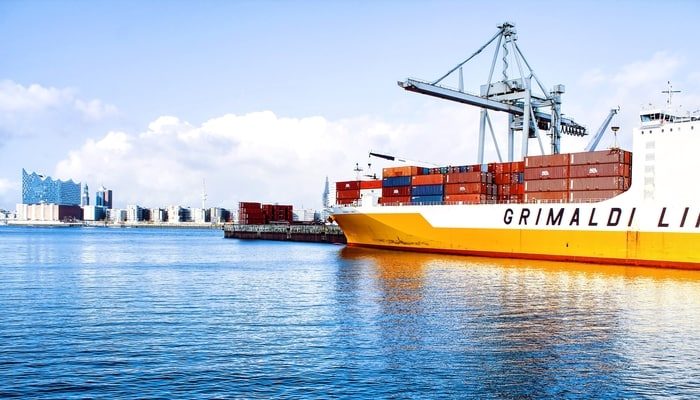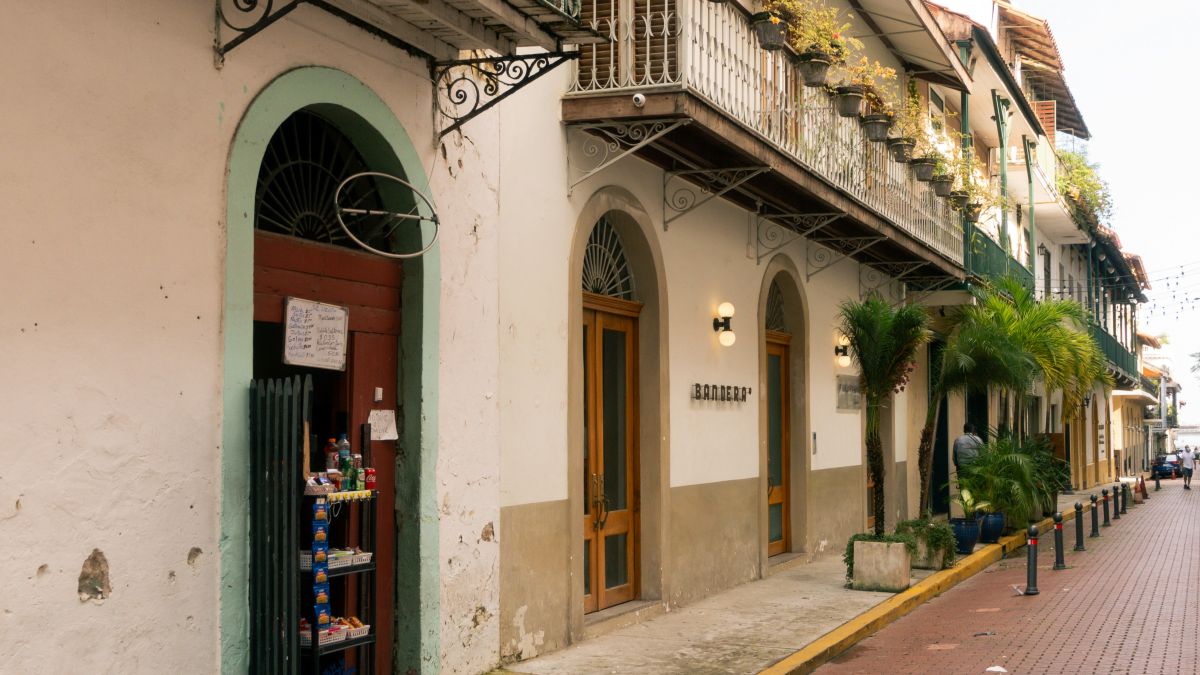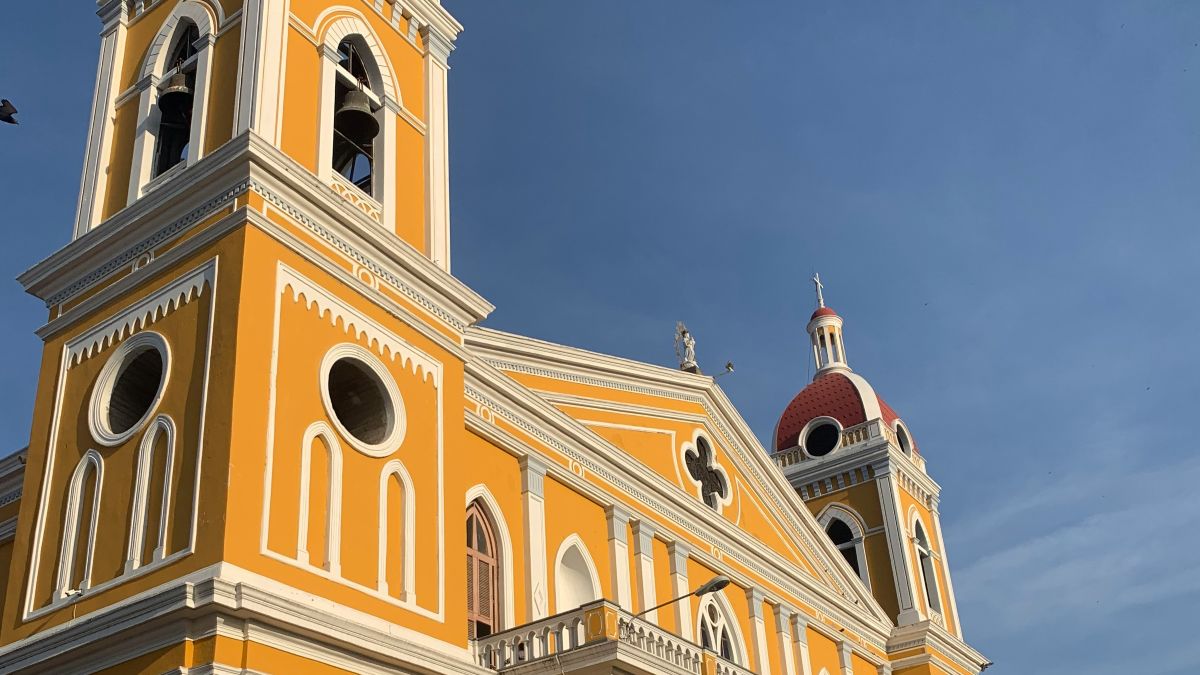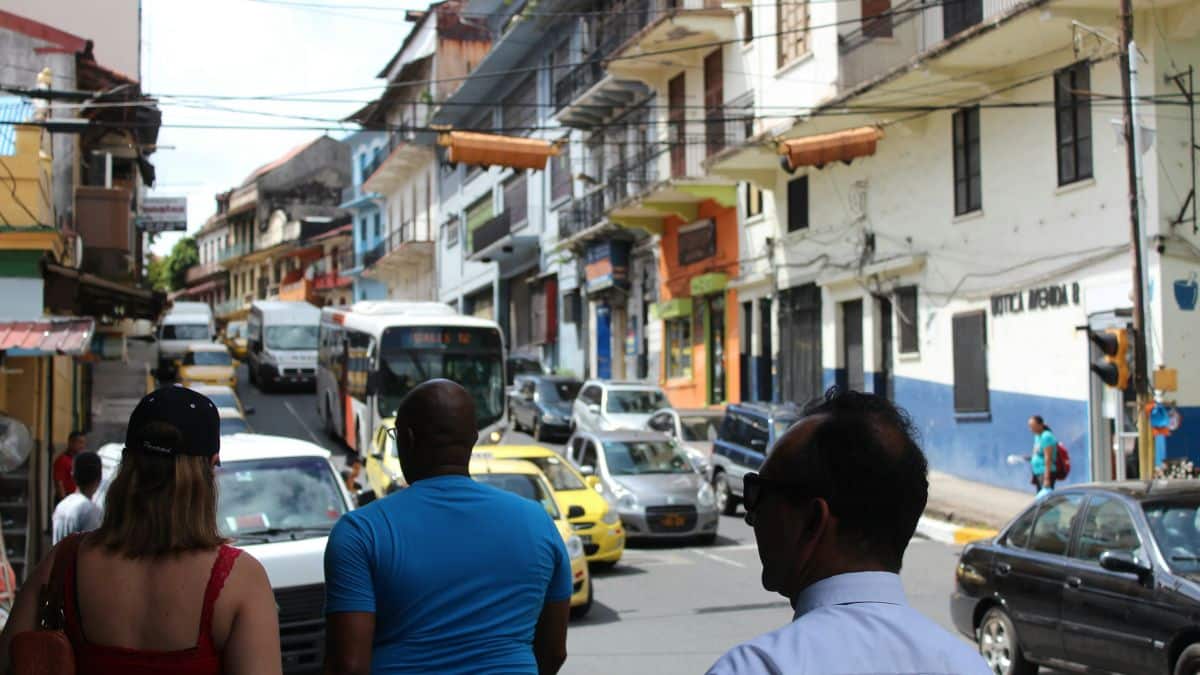The Nicaragua Canal project appears to be over.
This is not news to anyone who lives in this region, or who even pays attention to Central America. I’m hard-pressed to name anyone I know in Nicaragua who ever expected this would happen at all.
And that’s despite Amnesty International and Bianca Jagger “opposing construction” this summer.
What construction?

There has been none. Construction should have started in 2014 for a 2019/20 opening. Zip. Nada. Apart from some half-hearted land clearance, that is. No shovels in the ground. They should be halfway through construction by now, according to the original plan.
Wang Jing, the Chinese businessman behind the $50 billion project, lost something like 85 percent of his fortune in the Chinese stock market collapse of 2015. Understandable a shellacking like that might cool his enthusiasm for a multi-billion investment in Nicaragua.
Since Wang Jing and the Nicaraguan government proposed the canal, nothing about the project has added up.
The environmental impact, the number of jobs expected and expected revenue has all been murky. Just about nobody considers the Nicaragua Canal viable.
Is HKND pulling out of Nicaragua?
The only concrete thing that has taken place is a bill, Law 840, passed by the Nicaraguan National Assembly in 2013. The bill grants Wang Jing responsibility for the canal’s construction. It also gives his consortium, Hong Kong Nicaragua Development (HKND) ownership and control of the canal until 2129.
Problem is, Wang no longer comes to Nicaragua or speaks to Nicaraguan officials. HKND officials are pulling out. No-one is replacing them. This thing is a dead duck.
To further advance my dead duck theory, it appears the Chinese are more interested in taking advantage of the melting sea ice in the Arctic Ocean and using the famous North West Passage across the top of Canada to move their ships and goods from the Pacific to the Atlantic.
What if they had built the canal in Nicaragua in the first place?
![By Kaidor [CC BY-SA 4.0 (https://creativecommons.org/licenses/by-sa/4.0)], via Wikimedia Commons](https://cdn.www.centralamerica.com/wp-content/uploads/2017/11/Webp.net-resizeimage-123-e1510859241812.jpg)
But it makes me wonder though. What if they had built the Panama Canal in Nicaragua in the first place? What if Wang Jing’s project wasn’t needed because Nicaragua already housed the trans-isthmus canal instead of Panama? How much would that have changed the region?
First, let me issue my disclaimer. I am not an expert on late 19th and early 20th-century Central American history. Not by a long way.
I’m interested in Central American history and I love the politics and intrigue of both Nicaragua and Panama, but an expert I am not. All I am doing (in a shameless way) is speculating, nothing more. I would love anyone with more factual knowledge than me to chime in whenever they want.
I’ve been to Panama a bunch of times and know Panama City pretty well. It’s a place I love, the most vibrant, cosmopolitan city in Central America, bar none.
The Panama Canal fascinates me. I’ve sailed and fished in it. I’ve crossed the Panama Canal’s bridges and I’ve stood beside both the Miraflores and Gatun locks and marveled. The Path Between The Seas by David McCulloch is the most thumbed-through book on my shelf, read for the first time when I arrived in this part of the world.
A history in four bullet points
I’ll not go far into the canal history here—this is a piece of shameless speculation, remember? If you want the historical scoop, I urge you to read McCulloch’s book. But a quick idiot’s guide to the trans-isthmus canal goes like this:
- Spanish explorers arrive on the isthmus.
- Spanish explorers reach the Pacific and realize the isthmus IS an isthmus. The conquistador Hernan Cortes writes in 1524 that a canal between the Atlantic and the Pacific would “be worth more than the conquest of Mexico.”
- The Spanish dream of linking the two oceans, followed by everyone else in the world.
- Many people consider Nicaragua and a few people consider Panama. Panama wins.
How’s that for crunching history, geopolitics, and intrigue into four bullet points, eh?
But what if Nicaragua won?
![By Julius Bien & Company (The Great Interoceanic Nicaragua Canal) [Public domain], via Wikimedia Commons](https://cdn.www.centralamerica.com/wp-content/uploads/2017/11/Webp.net-resizeimage-5-e1510858688408.png)
They came close.
Nicaragua was where people always crossed the isthmus. From the Caribbean, they traveled up the Rio San Juan to Lake Nicaragua. Then across the lake and a short 20km trek to the Pacific coast.
The theory was it would be much cheaper and easier to use the natural waterways of the Rio San Juan and Lake Nicaragua. Way easier than blasting through the Continental Divide like they did in Panama. Nicaragua was in the works and to most Latin America watchers back then, it was a done deal.
What sunk the Nicaragua project was a well-coordinated character assassination conducted by the Panama Canal backers to discredit the Nicaragua option as unstable owing to the volcanic activity in the area.
The Panama lobbyists won, Nicaragua lost, and the rest is history.
Panama, with US support, split from Colombia and became the Republic of Panama. The Americans built the canal which remained under US control until 1999. Then the Panamanians took over.

Panama became a global hub of trade and commerce while Nicaragua became the poorest country in Central America and the second poorest in the hemisphere.
Some shameless speculation

So that’s the idiot’s guide over. A brief, not at all detailed, summary of why the canal is where it is and not where many wished it to be. Again, if you want more detail, read the book.
So again, what if? What if they built the canal in Nicaragua in the first place? How would Nicaragua be now? How would Panama be now? Would Panama even exist or would it still be part of Colombia? How would Colombia’s history be if Panama had not left?
If the original canal passed through Nicaragua, would the Central American countries of Nicaragua, Costa Rica, Guatemala, El Salvador and Honduras have joined? Would we now live in a reincarnation of the short-lived Federal Republic of Central America?
Or would Nicaragua have grown into the trade hub that Panama did on its own?
Would we have seen a poor Costa Rica sandwiched between a rich Nicaragua and an enormous Colombia? Would Nicaragua even have stayed together?
The British might have hung around the Mosquito Coast longer. That area might have developed into its own nation-state, sharing the canal with Nicaragua. Who knows? Speculation.
Perhaps the Somozas would never have risen
Or if they arose, maybe a richer Nicaragua would have taken the edge of the seething resentment generated by the dictatorship. Would the US have turned such a blind eye to the Somoza regime’s excesses given they were controlling the most valuable waterway in the world?
Would cooler heads have prevailed all round? I’m not saying, I’m only asking. Just speculating.
But if cooler heads had prevailed. If the Nicaraguan people had not felt they had to rise up for their rights against the Somozas. Perhaps fewer Nicaraguans would have been living in grinding poverty with a canal. Less poverty might have stayed off the revolution.
Comfortable people take to the streets less. So, would that have meant the turmoil of the 70s and 80s in Nicaragua wouldn’t have taken place? This doesn’t take into consideration the possibility of the Somozas taking all the canal revenue for themselves. Which they most likely would have.
With a canal, would Nicaragua be a country where Costa Rican migrant workers came to instead of the other way around?
Who knows?
But this whole thing is forever fascinating. Because I’m here and I love all this stuff. I can’t offer any answers—I’m only speculating.
What do you think?
Related:
- Fishing In The Panama Canal: One Of Central America’s Great Adventures
- A Family Day Trip To The Miraflores Locks, Panama
Editor’s Note: This post was originally written and published on June 13, 2013, on the blog for Nicaragua Vacations. The author has rewritten the post for 2017 and republished in www.centralamerica.com. Nicaragua Vacations and www.centralamerica.com are both subsidiaries of Namu Travel.
James Dyde is the editor of CentralAmerica.com. He lives in Escazu, Costa Rica.




